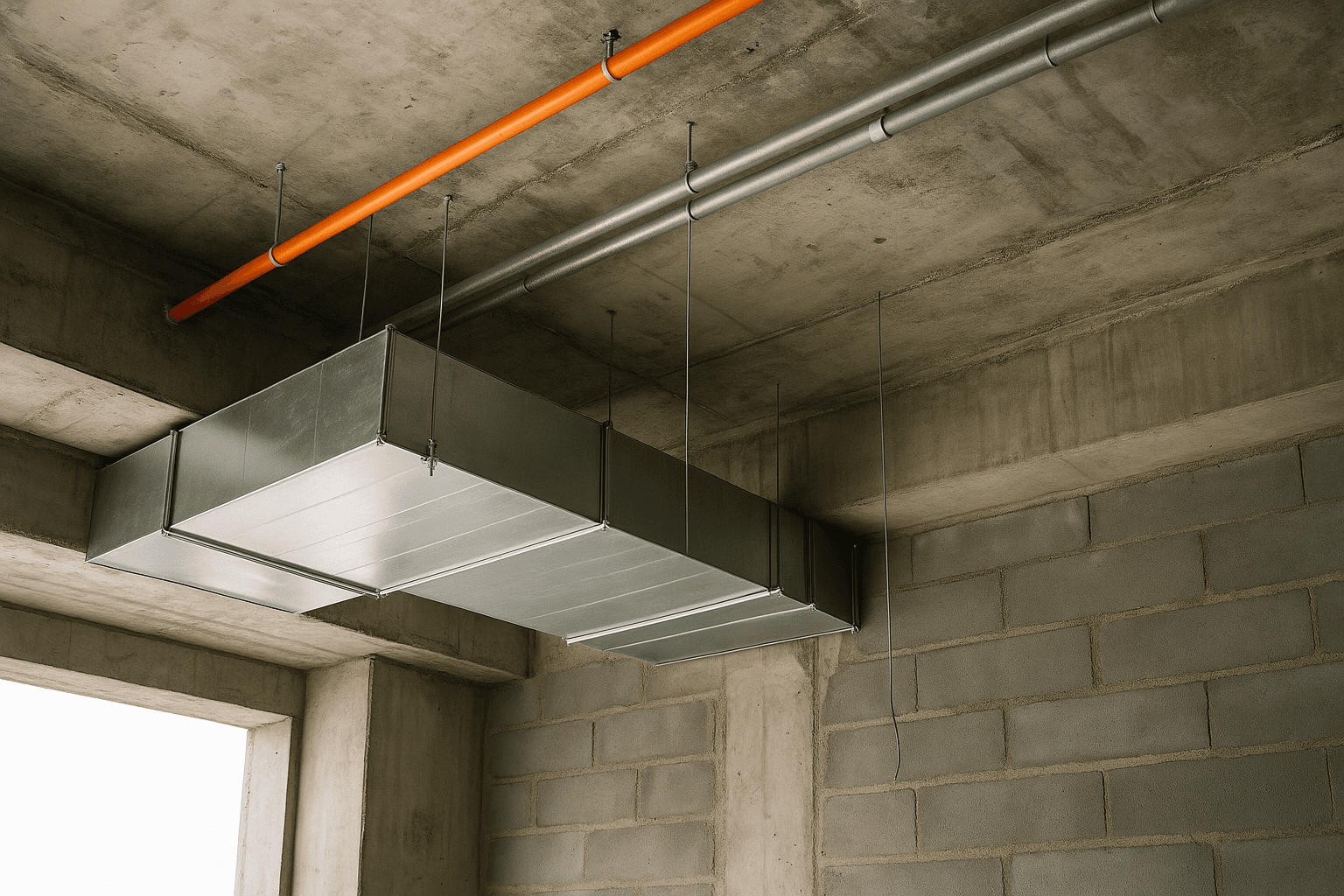One of the most significant decisions homeowners face is whether to renovate an existing property or build a completely new home. With Southern California's unique real estate market, building codes, and property values, this decision becomes even more complex. At VERDIAN Construction, we've guided countless clients through this crucial choice, considering factors from budget and timeline to lifestyle needs and environmental impact.
Financial Considerations
Cost is typically the primary consideration in the build-versus-renovate decision. While conventional wisdom suggests that renovations are less expensive than new construction, this isn't always true—particularly in Southern California's complex regulatory environment.
For major renovations involving structural changes, foundation work, or extensive reconfiguration, costs can quickly approach or even exceed new construction, especially if unexpected issues are discovered once walls are opened. Older homes in Los Angeles often hide surprises like outdated wiring, plumbing that doesn't meet current codes, or even asbestos that requires specialized remediation.
New construction offers more predictable costs and fewer surprises, though land acquisition in desirable areas can be prohibitively expensive. For homeowners who already own their lot, tearing down and rebuilding may provide better long-term value than trying to adapt an existing structure that has fundamental issues or an inefficient layout.
Timeline Realities
While renovations are often assumed to be faster than new construction, extensive remodels can sometimes take just as long—particularly in municipalities with complex permitting processes. In Los Angeles, securing permits for significant renovations can take months, especially in historic districts or coastal zones with additional regulatory oversight.
New construction typically follows a more predictable timeline once permits are approved, as there are fewer unknowns. However, the entire process—from demolition of an existing structure through design, permitting, and construction—can easily span 12-18 months for a custom home.
Living Arrangements During Construction
An often-overlooked factor is where you'll live during the construction process. With renovations, you might be able to remain in portions of your home during certain phases, though this typically extends the timeline and may increase costs as contractors work around occupied spaces.
For major renovations or new construction, you'll need temporary housing, which adds significant cost in Southern California's expensive rental market. We've found that many clients underestimate both the duration and the financial impact of these temporary living arrangements.
Design Freedom vs. Character Preservation
New construction offers maximum design flexibility, allowing you to create spaces perfectly tailored to your lifestyle and preferences. You're not constrained by existing structural elements, ceiling heights, or window placements. This freedom extends to incorporating the latest in energy efficiency, smart home technology, and sustainable building practices from the ground up.
Renovation, on the other hand, allows you to preserve the character and charm of an existing home—a significant consideration in areas with distinctive architectural heritage like Pasadena's Craftsman neighborhoods or Venice's mid-century modern homes. Skilled renovation can retain these character elements while still modernizing critical systems and adapting layouts to contemporary living.
Environmental Impact
From a sustainability perspective, renovation typically has a lower environmental footprint than new construction, as it reduces demolition waste and preserves the embodied energy in existing structures. However, a highly energy-efficient new home may offer better long-term environmental performance than a renovated older home with inherent efficiency limitations.
At VERDIAN Construction, we've seen growing interest in hybrid approaches that preserve portions of existing structures while rebuilding others, balancing character retention with performance optimization.
Neighborhood Context and Regulations
Local regulations may significantly influence your decision. Many Southern California neighborhoods have strict zoning regulations, height restrictions, floor area ratio limits, and historical preservation requirements that can constrain both renovation and new construction options.
In some areas, existing homes may be grandfathered in under older regulations, making renovation the only viable path to maintaining the current building's size or position. Conversely, in areas encouraging densification, new construction might allow for additional square footage or units that wouldn't be possible through renovation.
Case Study: A Santa Monica Decision
A recent client in Santa Monica faced this exact dilemma with their 1940s bungalow. The home had charm but also foundation issues, an inefficient layout, and outdated systems. After thorough analysis, the decision came down to three key factors:
1. The existing foundation would need complete replacement regardless of which option they chose.
2. Local regulations would allow them to build slightly higher with a new structure, gaining ocean views they didn't currently have.
3. Energy modeling showed that a new construction would offer 40% better energy performance than even the most extensive renovation.
In this case, new construction made more sense financially and functionally, though the decision wasn't easy for a family that had lived in the home for generations.
Making Your Decision
At VERDIAN Construction, we recommend a structured approach to this decision:
1. Start with a thorough assessment of your existing structure, including foundation, framing, and systems.
2. Develop conceptual plans and preliminary budgets for both renovation and new construction options.
3. Research local regulations that might impact either approach.
4. Consider your timeline, temporary housing needs, and tolerance for construction disruption.
5. Evaluate long-term factors like energy efficiency, maintenance costs, and potential resale value.
Most importantly, work with experienced professionals who can provide objective guidance rather than pushing you toward the option that's easier for them to execute. The right decision varies greatly depending on your specific property, neighborhood, budget, and personal priorities.
Conclusion
Whether you choose to renovate or build new, the most successful projects begin with thorough planning and realistic expectations. At VERDIAN Construction, we pride ourselves on guiding clients through this decision process with transparency and expertise, ensuring that whichever path you choose leads to a home that enhances your lifestyle for years to come.
Samantha Torres
Operations Director
Samantha Torres oversees all operations at VERDIAN Construction, ensuring projects are completed on time, within budget, and to the highest quality standards. Her expertise in project management has been instrumental in the company's growth and reputation for excellence.
